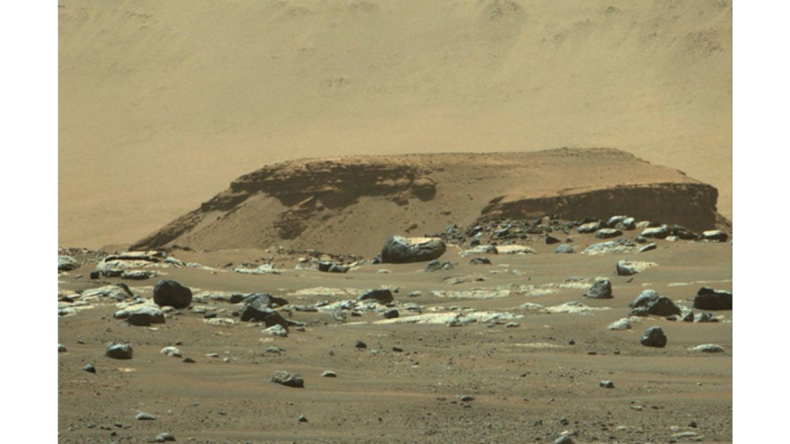For ages, the general perception of Mars has been Black and White or Red and Blue. It used to be known as dry and desolate, but now this red planet held water just like the Earth.
Floods on MARS
Mars has the most important rather than the largest flood channels in the solar system. They are called outflow channels because they emerge full-size from depressions of enormous canyons.
Most of the outflow channels formed after the smaller highland river systems ran dry. Based on the size, it would discharge up to many cubic meters of water per second for a short period.
MARS at a glance
According to some latest findings, there is a prone to flash floods, especially in the craters. In a recent study of the pictures sent by NASA’s perseverance rover, scientists have confirmed that Mars’ Jezero crater was once a lake. However, the crator is dry, and the wind erodes.
The rover’s two cameras, Mastcam-Z and the SuperCam Remote Micro-Imager (RMI) helped capture the images of Mars. And once the pictures, the research team processes and combines the images. Their analysis discovered that there is some deposited by flowing water.
The images of the tiny outcrop are supposed to be a river delta that fed into a lake. And the
global warming events took to a flash flood in that area before everything eventually dried up.
The First Glimpse
Scientists have already had evidence revealed that Mars once had a lot of water. In 2015, NASA’s Curiosity team said that the rover had gathered enough evidence that the red planet could have stored water in lakes billions of years ago.
A new analysis of received images stating that the fan-shaped river area experienced late-stage flooding events. A research paper published that how the hydrological cycle of the dry lake at Jezero Crater is more complicated and fascinated than the perception.
The professor of planetary science stated that the received images are a desert landscape. It looks pretty sorrowful because there is no single drop of water; thus, they feel something very different has happened over there in the planet’s history.
Lake in Mars
Geologists said that the lake within the crater had enough water to complete brim its eastern rim. The lake’s size fluctuated with time, and the water level fell and rose by several yards.
The crater’s formation led to a conclusion that Kodiake butte and spacecraft have been photographing it from Martian orbit.
The new studies of Nature Scientific Reports suggest that vast ‘mega floods’ once flowed through the area.
According to Nicolas Magold, a preservance scientist told JPL that there was never an experience like that before. He further stated that this crucial observation enables the researchers to once and for all confirm the presence of a lake and river delta at Jezero.
For ages, the general perception of Mars has been Black and White or Red and Blue. It used to be known as dry and desolate, but now this red planet held water just like the Earth.
What causes Mega Floods
Scientists believe that mars flooding or Mega flooding happens all because of sudden heat by a significant impact. The heat from the meteor hit likely caused melting ice from frozen bodies of water to release carbon dioxide (CO2) and methane into the atmosphere.
The evidence comprises Curiosity observations of significant, wave-shaped elements in the sedimentary layers of the Gale Crater. The scientists set out these elements as ‘antidunes’, small sandhills formed from water flows.
The professor of physics at America’s Jackson State University in Mississippi said that the observed antidunes are about 9 meters high and about 137 meters apart. However, it is yet to be understood that why the levels kept changing! Was it because of climatic factors or something others?
Conclusion
Scientists have planned to do more research to unveil the climatic evolution of Mars and will also look for remains of ancient aqueous life.













